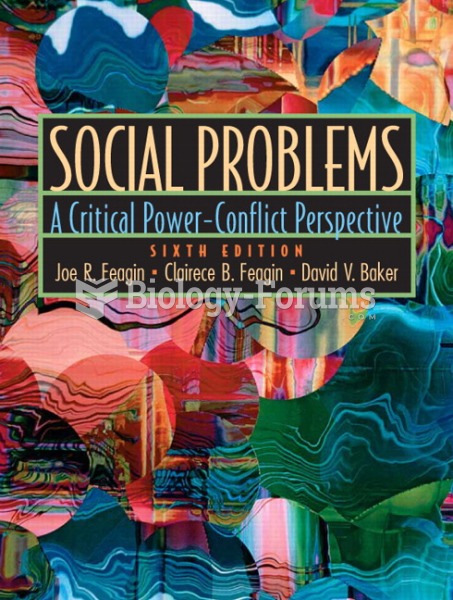Answer to Question 1
c
Answer to Question 2
The primary cause of world population growth in recent years has been a decline in mortalitythe incidence of death in a population. The simplest measure of mortality is the crude death ratethe number of deaths per 1,000 people in a population in a given year. In 2012, the U.S. crude death rate was 8 per 1,000 . In high income, developed nations, mortality rates have declined dramatically as diseases such as malaria, polio, typhoid, and measles have been virtually eliminated by vaccinations and improved sanitation and personal hygiene. In 1900, the leading cause of deaths in the United States was influenza/pneumonia, and in 20011, the leading cause of deaths in the United States was heart disease. In low-income, less-developed nations, infectious diseases remain the leading cause of death; in some areas, mortality rates are increasing rapidly as a result of HIV/AIDS. On a global basis, large numbers of newborn infants do not live to see their first birthday. The measure of these deaths is referred to as the infant mortality rate, which is defined as the number of deaths of infants under 1 year of age per 1,000 live births in a given year. The infant mortality rate is an important reflection of a society's level of preventive (prenatal) medical care, maternal nutrition, childbirth procedures, and neonatal care for infants. Life expectancy is an estimate of the average lifetime in years of people born in a specific year. Life expectancy varies by sex; for instance, females born in the United States in 2009 could expect to live about 81.1 years as compared with 76.3 years for males. Life expectancy also varies by race.







